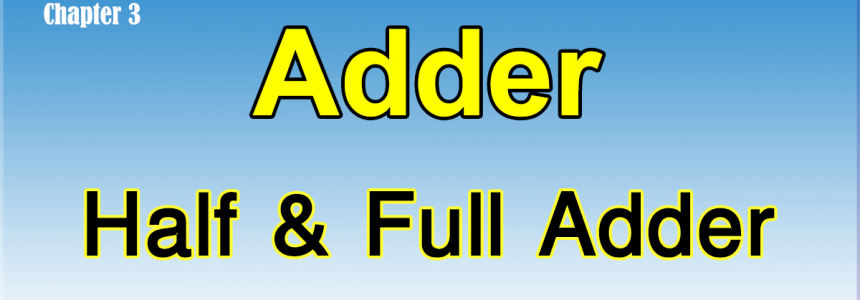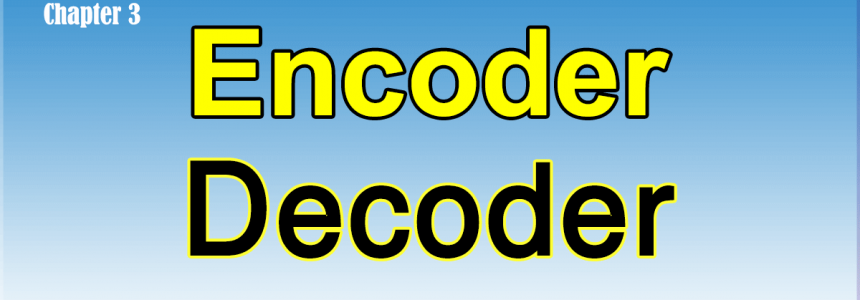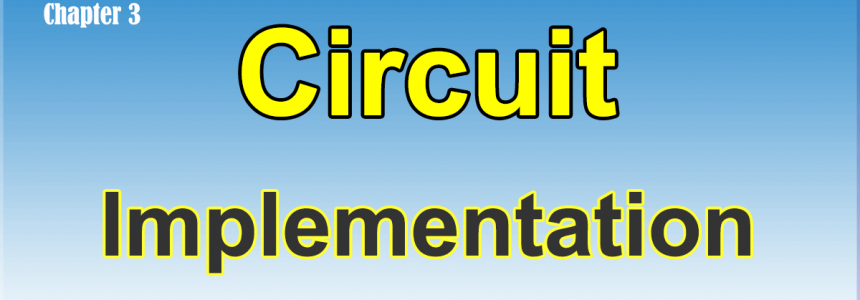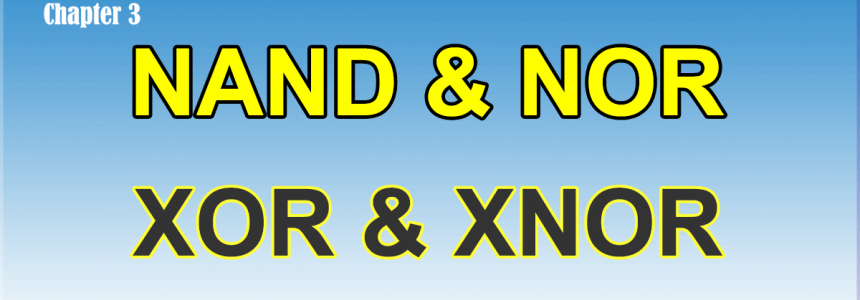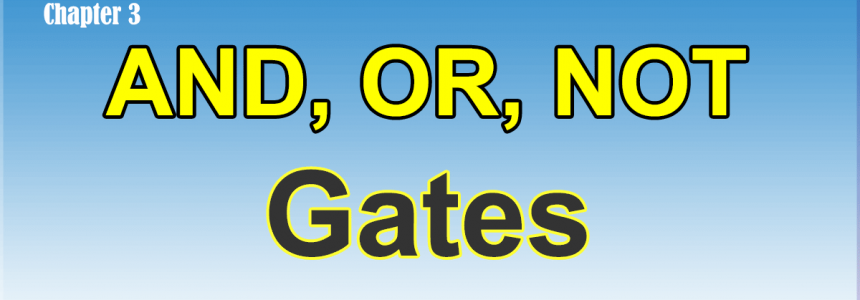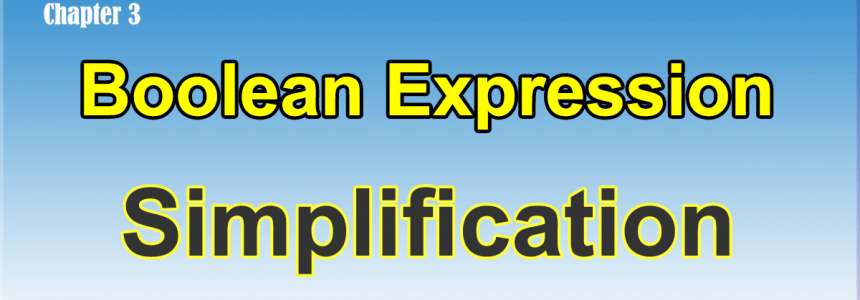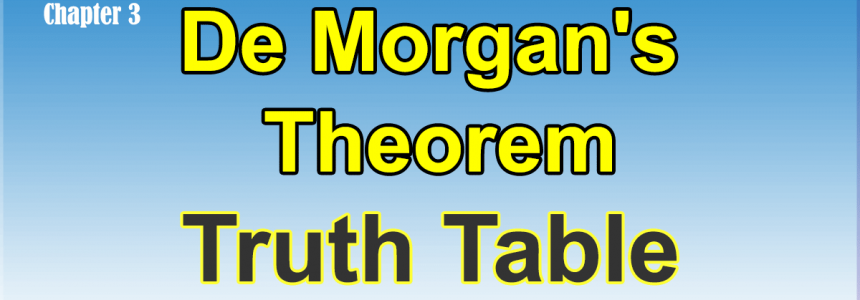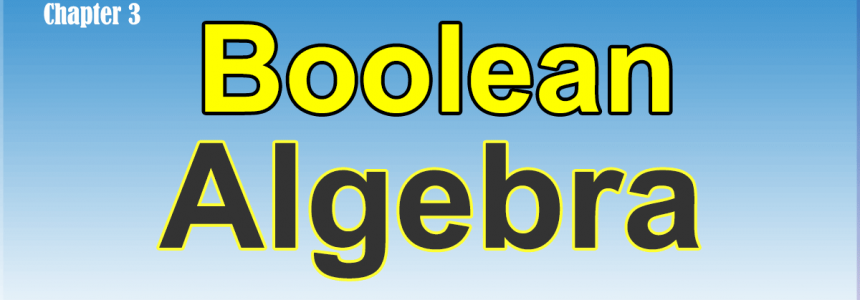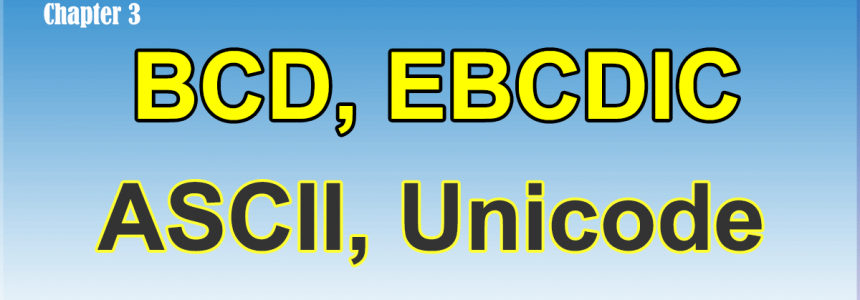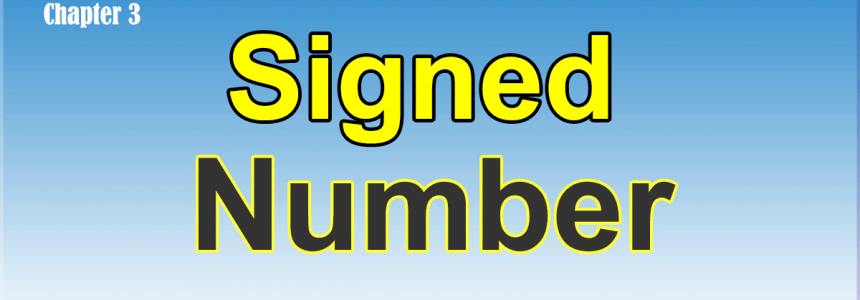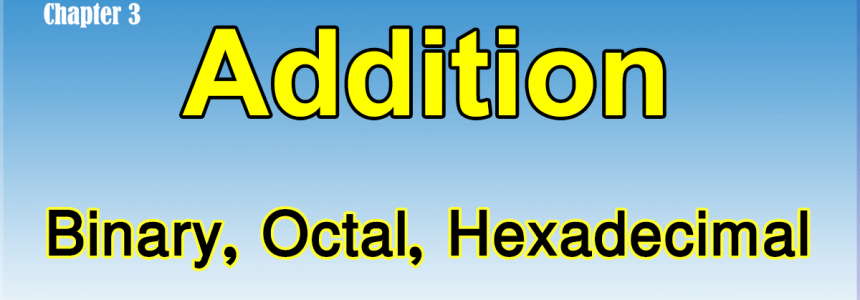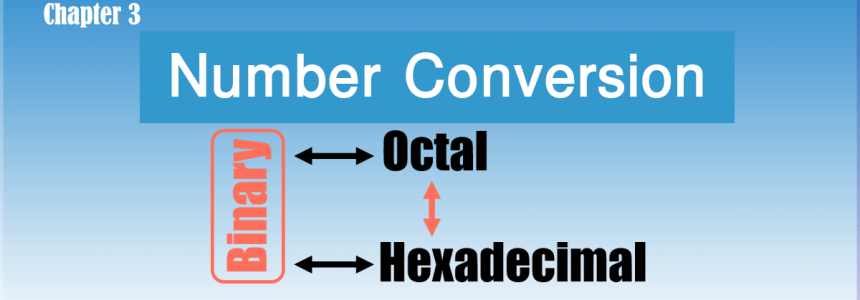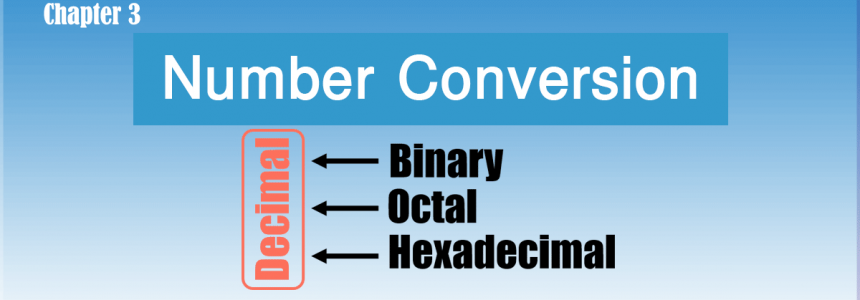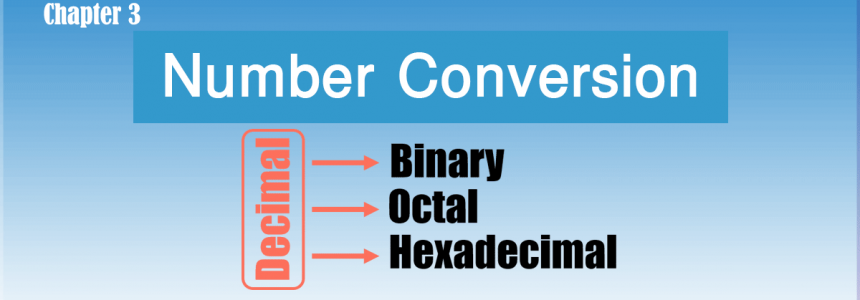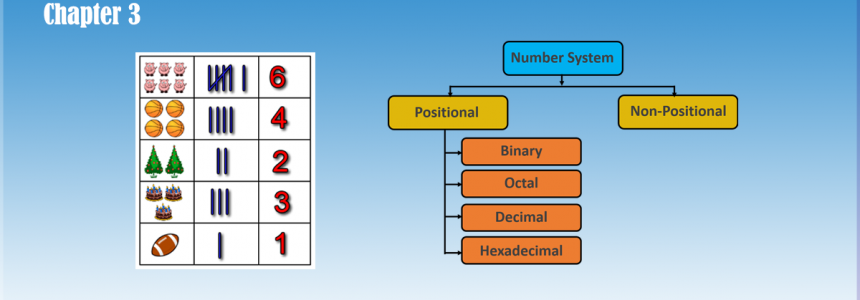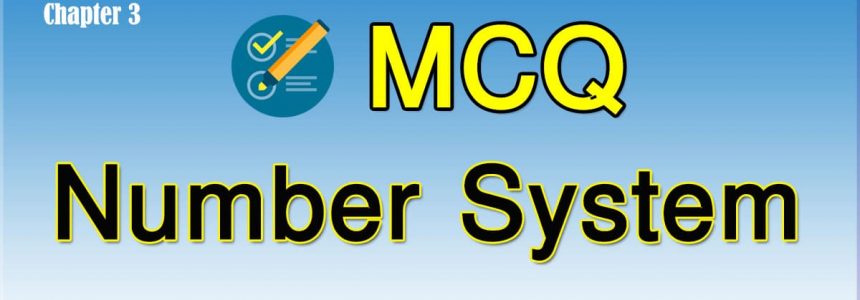
HSC ICT Chapter 3 Board Questions with Important MCQ Solutions. I hope that solving these questions will give you a good preparation.
Number system can be mainly divided into how many types?
[Ctg. Board 2016]
a) 2
b) 3
c) 8
d) 10
How many types of number system depends on the base?
[Jas. Board 2017]
a) 2
b) 4
c) 8
d) 10
How many bits are there in the number 1011?
[Ma. Board 2019]
a) 2
b) 4
c) 8
d) 10
In (1110)₂ number '0' indicates-
a) BOS
b) BCD
c) LSB
d) MSB
What is the sma...
Read More

